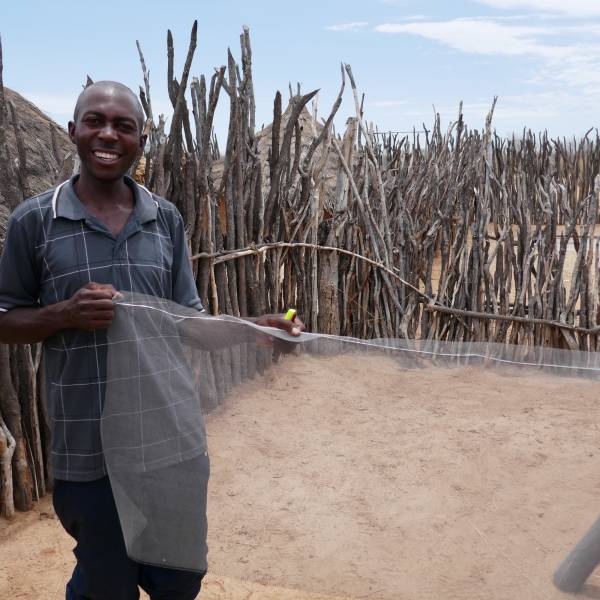
The Namibia Ministry of Health and Social Services (MoHSS), working with its malaria partners at the Clinton Health Access Initiative (CHAI), recently collaborated with the consortium of architects from ARCHIVE Global and New York City based architecture firm, DXA Studio, to launch the implementation of a pilot project designed to assess the feasibility of improved ‘mosquito-proof’ housing as a sustainable malaria prevention strategy. The Ministry’s National Vector-borne Diseases Control Programme (NVDCP) has aggressively tackled malaria with a number of strategies including indoor residual spraying with insecticides and insecticide-treated bednet distributions, which has reduced the incidence of malaria by 98% since 2004. Despite the success of these interventions, maintaining Namibia’s gain against malaria will require investment in more sustainable strategies. Recent evidence points to increased risk of malaria for those in poor quality housing , and support for housing improvements as a means of combatting malaria has come from recent statements from the World Health Organization and Roll Back Malaria.
Improved ‘mosquito-proof’ housing has been a part of the NVDCP’s vector control guidelines since 2012; however, local evidence is lacking on how best to implement these strategies as a public health intervention. “Integrated vector management requires multiple complementary strategies aimed at reducing vector populations and reducing vector-human contact. Improved housing in this context can play a great role in preventing mosquito entry into the household and therefore preventing transmission”, said Mr. Hans Angula, Vector Control Focal Point at the NVDCP. In this context, under the strong leadership of the NVDCP and with financial support from Malaria No More UK and the Bill and Melinda Gates Foundation, the partners developed a manual and conducted a training regimen to assist in a small-scale pilot project to assess the operational and financial feasibility of bringing “mosquito proofing” housing improvements to scale in Namibia.

“Indoor Residual Spraying (IRS) is our primary strategy for controlling the vector population, and has been very successful in reducing our burden of malaria. As we move toward elimination, and thus zero local transmission, strategies such as housing improvements can play a critical role in protecting those sleeping in non-sprayable structures, as well as complimenting existing strategies like IRS”, said Mr. Angula.
The northern region of Namibia is the country's most populated area. It is also the area still under the greatest malaria threat. The mosquitoes that carry the disease are most active at night and often find their way to people sleeping indoors through unprotected openings. Whether it is through the open eaves of the traditional thatch and mud brick huts or open windows in the more contemporary corrugated metal or concrete block structures, the openings allow mosquitoes access indoors, and thus the opportunity to continue spreading malaria.
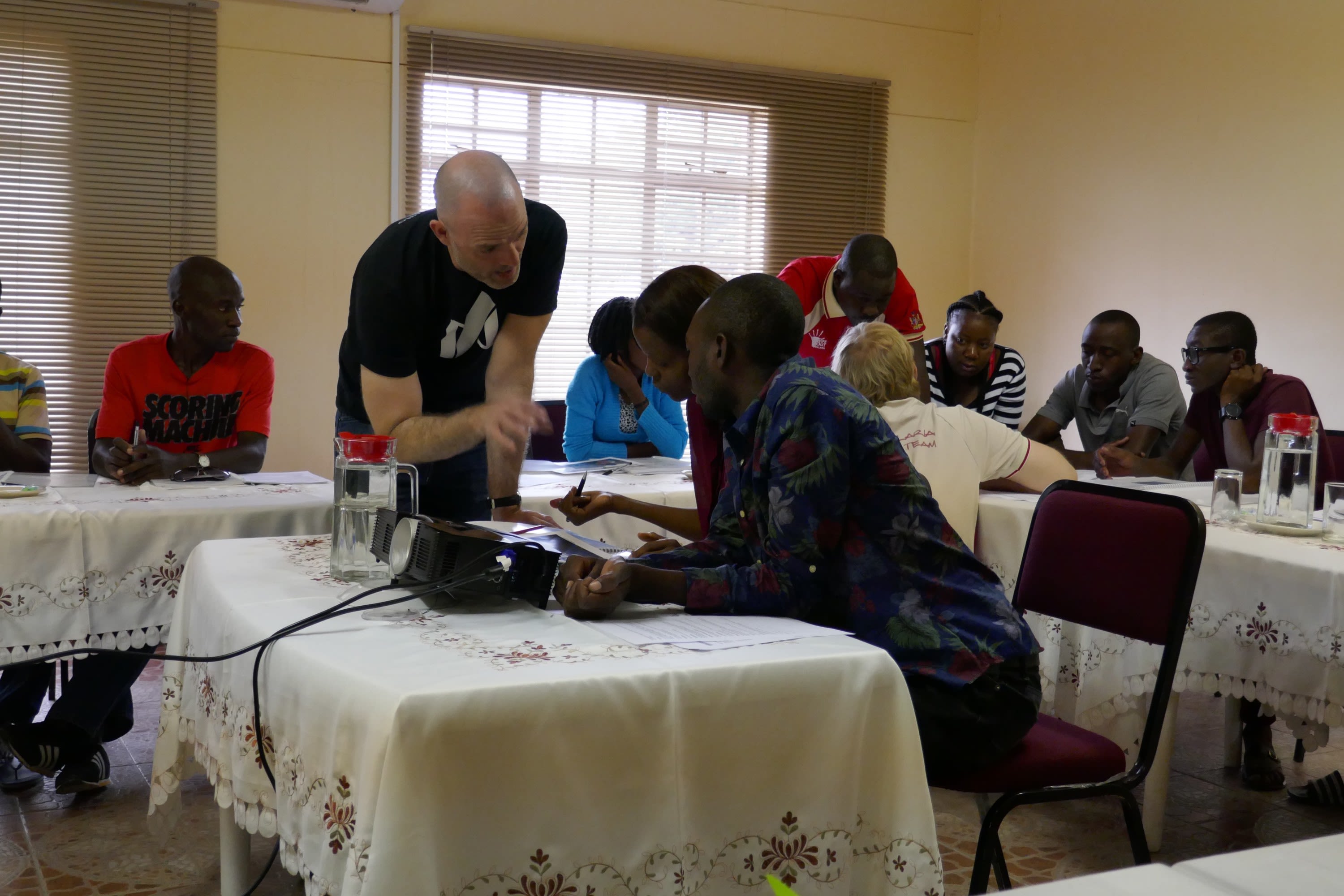
After an initial scoping phase to assess community interest in the intervention, as well as technical and operational feasibility, a comprehensive manual was developed that shows both homeowners and contractors how to seal their homes with inexpensive materials and easily constructible methods. Fiberglass screen curtains can be weighted by heavy washers to protect exterior doors, and open eaves of traditional huts can be sealed with fiberglass screen, then zip-tied and wire molded to the thatch roofs, to name a few of the strategies. Screening of windows, doors, and eaves, rather than sealing them completely, maintains ventilation while ensuring that mosquitoes cannot enter the home.
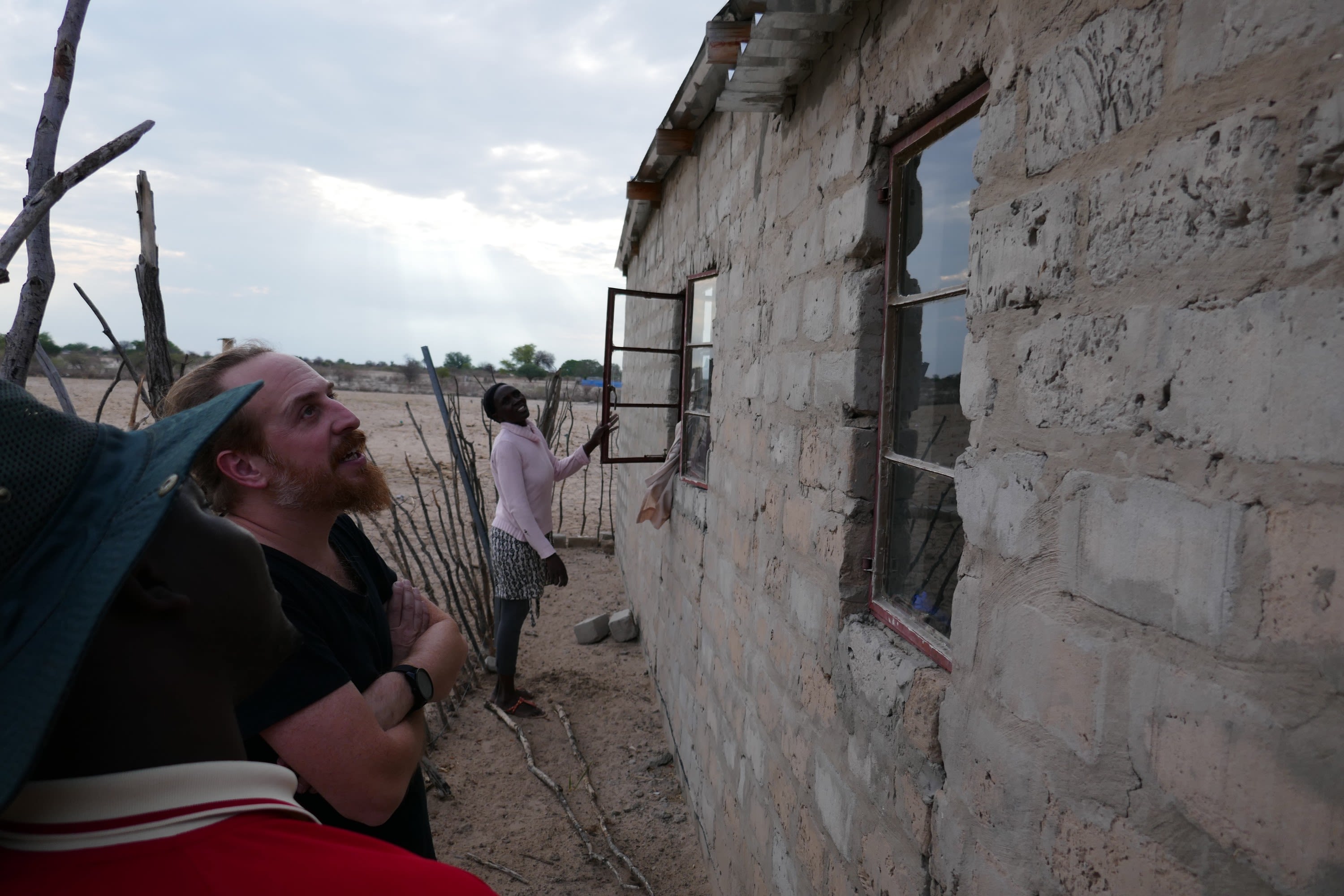
DXA Studio and ARCHIVE contributed valuable expertise and experience in improving housing quality to prevent the spread of disease, sharing a belief that buildings can positively influence the health and well-being of their inhabitants. In addition to supporting implementation of a similar malaria-related project in Cameroon, ARCHIVE and DXA, following the 2010 earthquake in Haiti, collaborated to develop an affordable and self-sufficient housing strategy that utilized passive ventilation to reduce the incidence and spread of tuberculosis. Many of the lessons of these projects were brought to Namibia. 'We're pleased to be advancing the role of architecture in preventing malaria. We've been doing so since 2009, and hope to continue to work with DXA and governments in the future." said Riksum Kazi, Chief of Staff at ARCHIVE.
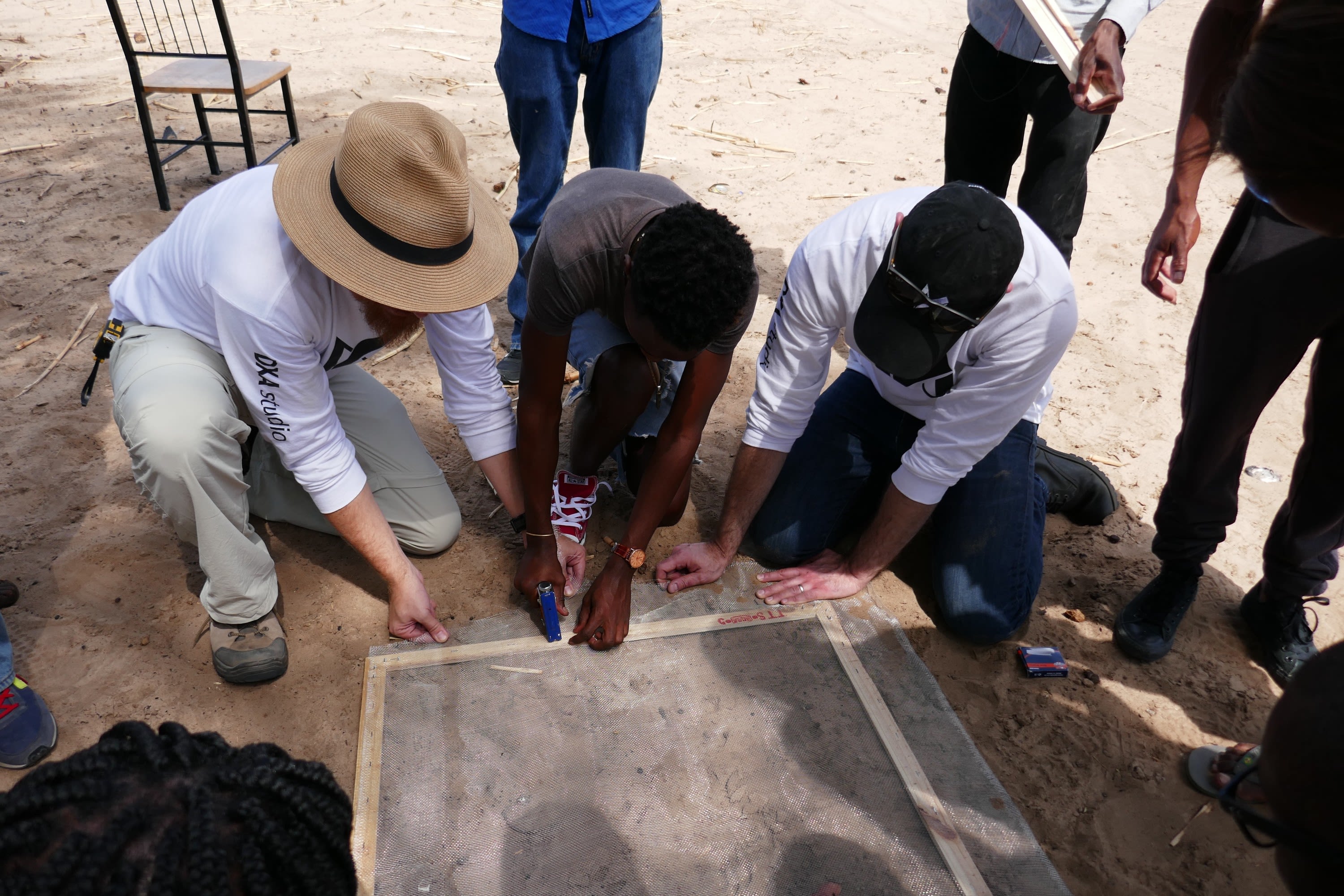
The MoHSS, with their partners from CHAI, ARCHIVE, and DXA Studio’s Partners, Jordan Rogove and Wayne Norbeck, recently led the training of a group of technicians recruited by the Ministry to execute the first several hundred homes. Through this training process, the techniques were honed with locally sourced, high-quality materials to achieve an affordable per house budget. A potentially sustainable vector control strategy for housing that can now serve as a pilot program for a country-wide application was developed.

“It is hard to believe that a few meters of screen and some zip ties can save lives. It has been a joy to share these simple strategies with our technicians and to know they’ll be out there fighting the good fight,” says Rogove. “They will be teaching these techniques to their respective villages, and the people of those villages will share with the surrounding ones, and on and on,” adds Norbeck. "This is an easily scalable and utterly achievable strategy that could help push their fight towards elimination of malaria past the finish line.”
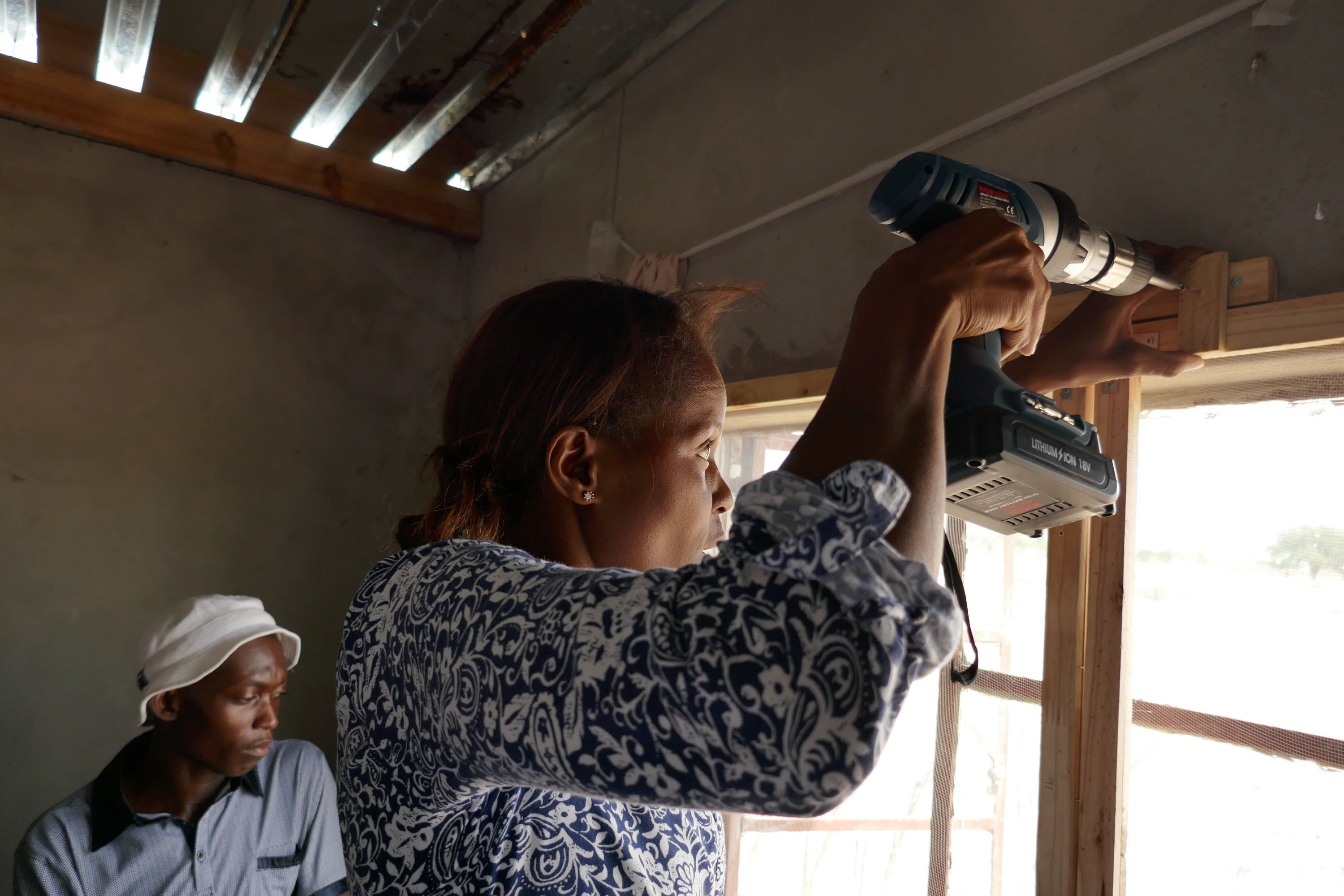
In the following months, those technicians set about working in the northern villages that fall within the dark red zones on Namibia’s malaria map. In six teams of two, armed with their Ministry-issued tools and manual, they added another powerful tool to the arsenal of vector control and finally eliminate malaria from Namibia.
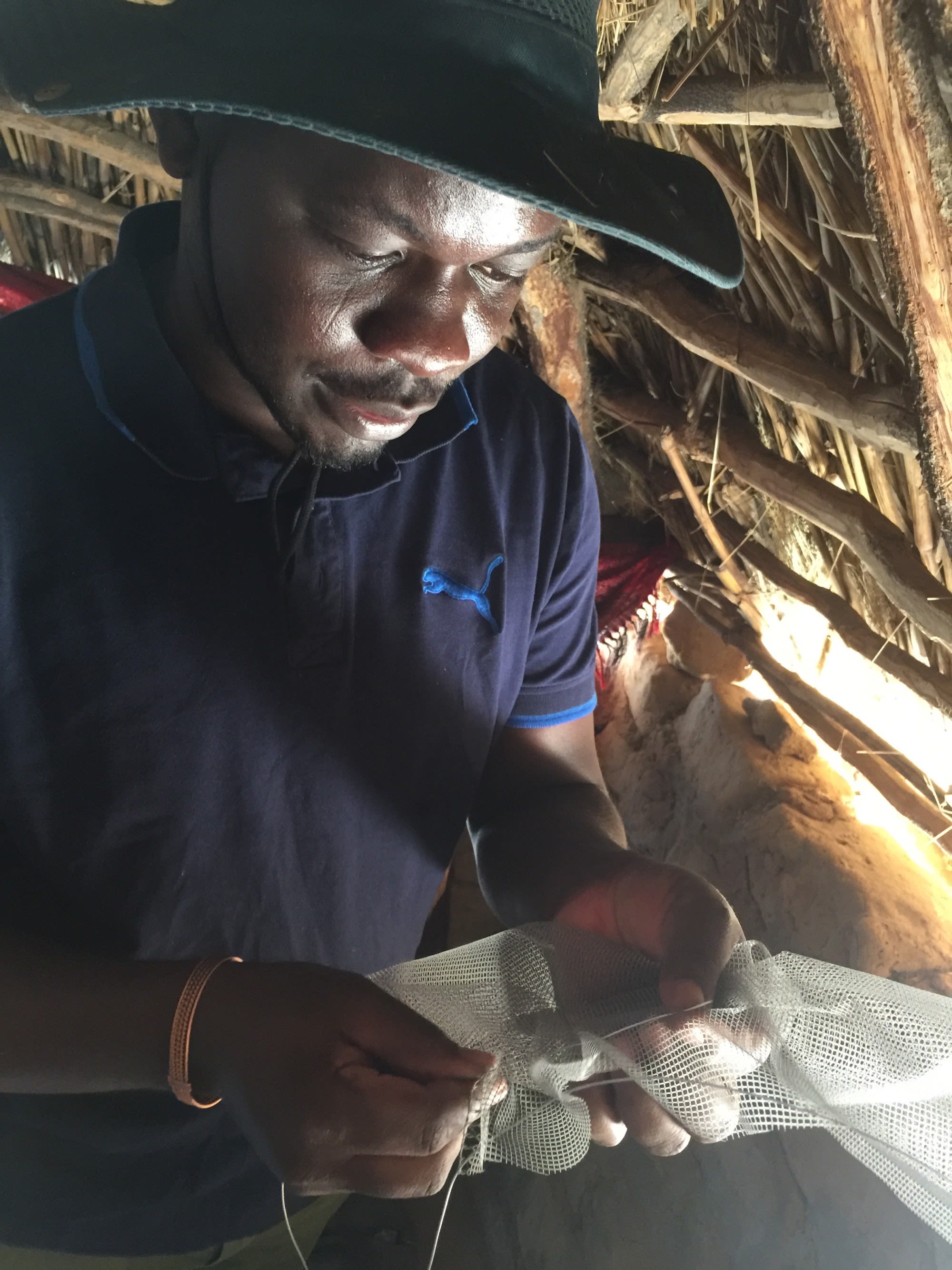
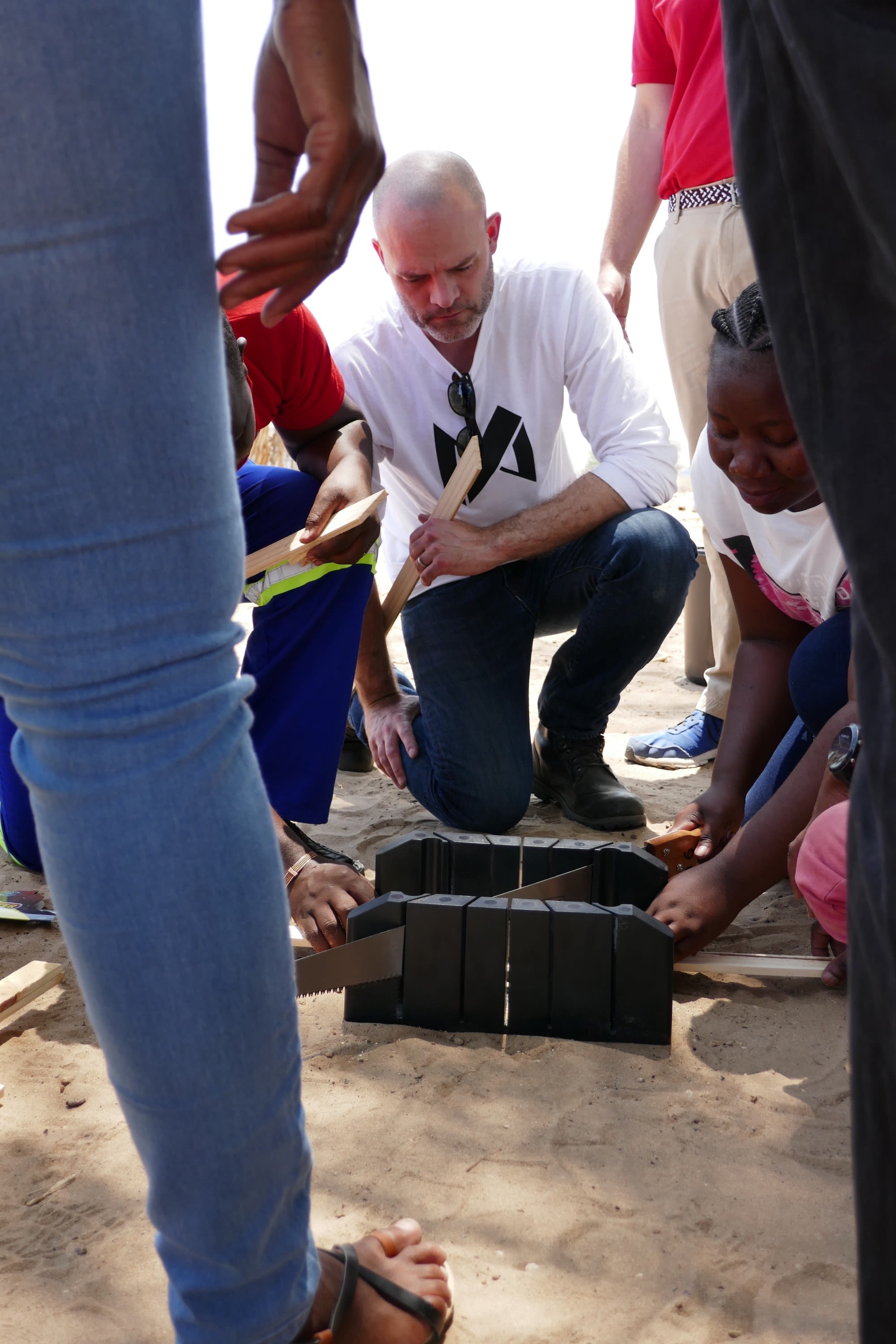

Project Collaborators:
ARCHIVE Global: Public Health Policy
Clinton Health Access Initiative: Global Health Organization
Atelier Ten: Sustainability Consultant








